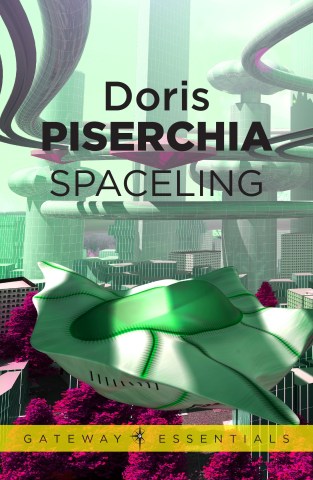Shutter speed, frame rate, and film-making
One of the first things that you learn as a photographer is about exposure, and how adjusting your shutter speed will have an impact on your images. A slower shutter speed lets in more light, but it’s also less good at ‘freezing’ action. When making videos, shutter speed as the same impact on exposure, but what of anything else?

Frame rate and the cinematic look
Frame rate refers to the number of frames or images that are projected or displayed per second, and is measured in frames per second, or fps. When shooting with a DSLR, the basic rule if you wish to achieve a filmlike, cinematic look to your videos is to set your shutter speed to about twice the value of your frame rate.
Setting your shutter speed at double the frame rate will give your video the smooth, cinematic quality that most videographers who use DSLRs want to create. For example, if you’re shooting 24fps then it is recommended to set your shutter at 1/50 second. If you’re shooting at 30fps, you should set your shutter speed to 1/60 second. At 60fps, your shutter will be 1/120 second. This is the rule for creating a filmlike look, but of course you should feel free to experiment with other shutter speeds.
The benefits of a neutral dentisy filter
Your shutter speed will make or break your film’s quality. A slow shutter speed will give you a better effect, but in daylight shooting, using a slow shutter speed will overexpose your shots if your aperture
is wide open. Adjusting your aperture to accommodate the slow shutter speed will give you a correctly exposed shot, but it will lose the shallow depth of field that is often associated with a professional film feel. It’s a conundrum. Since a wide aperture is necessary to keep a shallow depth of field, attaching an ND (neutral density) filter to your lens will cut down the amount of light entering and will allow you to keep a wide aperture with a slow shutter speed.
The rolling shutter effect
When a video is shot on a DSLR, each line of pixels is recorded line by line to the sensor by a series of scans in which the camera rolls the shutter across the image area that is being exposed. Many DSLR cameras use a CMOS sensor, but when this is used to record movies, the light falling on the sensor is not read as a whole. As each line of pixels on the sensor is read one after the other in sequence, when panning quickly straight edges may take on a curved or even diagonal appearance, ranging from a skewed image to a wobble commonly referred to as the ‘jello effect.’

The jello effect
The rolling shutter method can make some perfectly straight objects appear to wobble, or turn wavy or shaky. In order to avoid this sort of distortion, panning and tilting slowly, and using a tripod is your best solution. Additionally, a shot including vertical lines will create a greater number of challenges with a rolling shutter.
The Moviemaking With Your Camera Field Guide is Olivia Speranza’s guide that shows you how you can build on what you already know to create truly spectacular movies with your camera in whatever genre you choose. It introduces everything from the language of film and basic equipment you will need, to the art of post-production and publishing your new work.
[one_whole boxed=”true”]
 The Moviemaking With Your Camera Field Guide, by Olivia Speranza
The Moviemaking With Your Camera Field Guide, by Olivia Speranza
£4.99 Download the PDF now!
This PDF version retains the styling of the original print book.
RRP for print edition: £8.99
[button color=”Accent-Color” size=”small” url=”https://www.ilexinstant.com/product/the-moviemaking-with-your-camera-field-guide/” text=”Digital Edition”] [button color=”Accent-Color” size=”small” url=”http://www.amazon.co.uk/dp/1908150599/ref=as_sl_pc_tf_lc?tag=ilexpresscom-21&camp=1406&creative=6394&linkCode=as1&creativeASIN=1908150599&adid=18QA69VG2D79CWP54XE2&&ref-refURL=http%3A%2F%2Fwww.ilexinstant.com%2Fproduct%2Fthe-moviemaking-with-your-camera-field-guide%2F” text=”Amazon UK (Print)”]
[button color=”Accent-Color” size=”small” url=”http://www.amazon.com/Moviemaking-your-Camera-Field-Guide/dp/0240824253/ref=as_sl_pc_qf_sp_asin_til?tag=ilexinst-20&linkCode=w00&linkId=&creativeASIN=0240824253″ text=”Amazon USA (Print)”]
[/one_whole]



